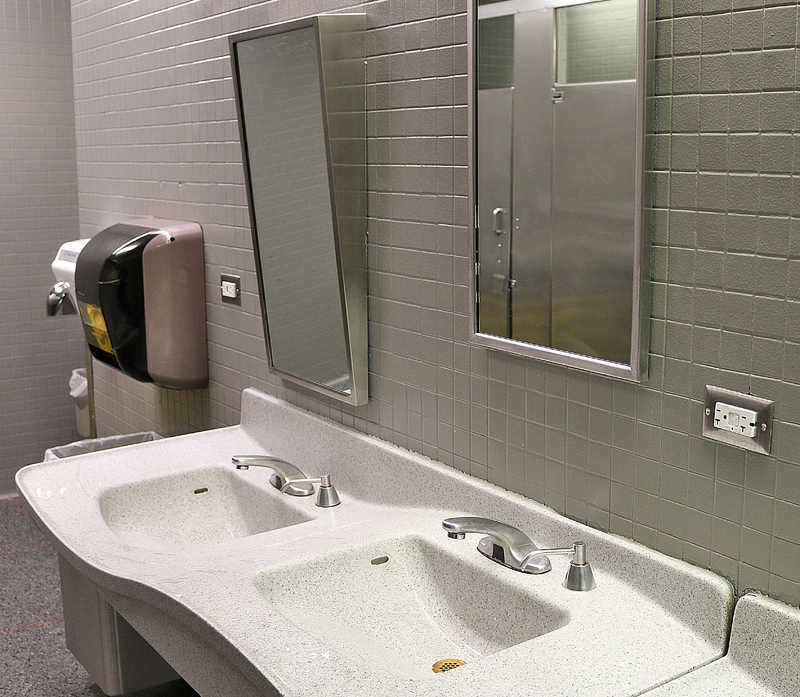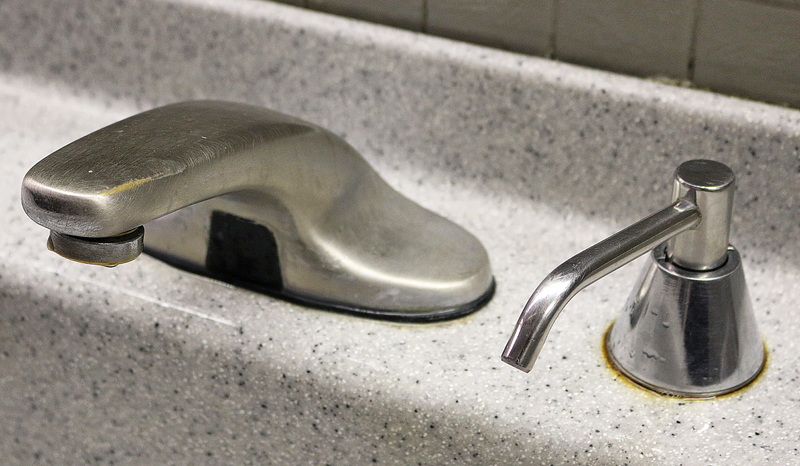Touchless faucets — the type where all you need to do is wave your hand to activate it so that you do not have to touch it while washing your hands — have found their way in washrooms in airports all around the world…
Why Bother With Touchless Faucets When…

…but what is the point of having one available when the dispensers for soap or paper towels require you to touch them to use them?
Final Boarding Call
Assuming that the purpose of touchless items installed in a public restroom is to attempt to reduce the transmission of germs from one person to another to decrease the chances of spreading any illnesses, why would any component still require the user to touch it through manual operation? Should the washroom either have everything touchless or everything operated manually?
I have been in washrooms located in numerous airports and have seen all sorts of combinations of touchless devices combined with manually operated ones — for example, everything is touchless except for an electric air dryer, which has a button that must be pressed to operate it.
The question is not from a “germaphobe” viewpoint; but rather from a seemingly logical one — and I am interested to read your response in the Comments section below…
All photographs ©2017 by Brian Cohen.

